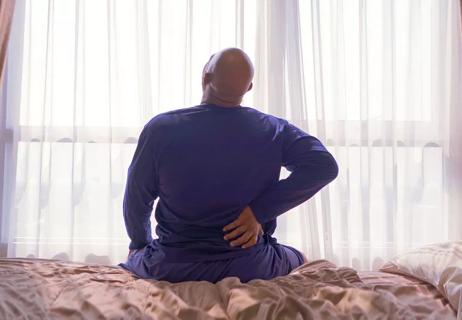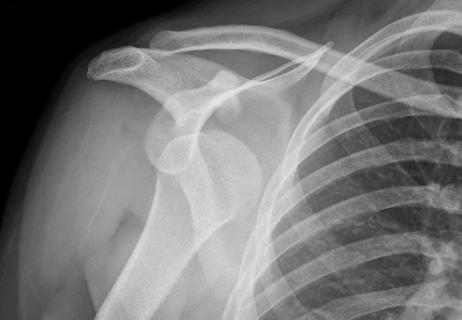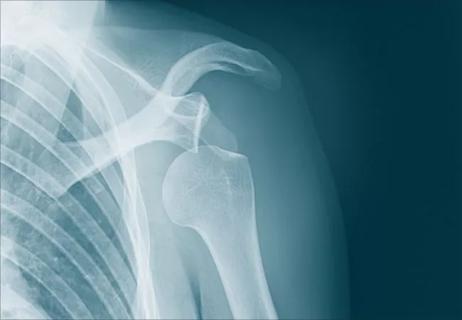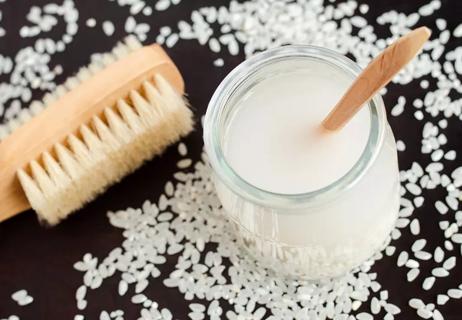Advertisement
Stretching comes before strengthening

Shoulder pain has several possible causes. If shoulder pain increases as you raise your arm, and the pain is worse than when it’s straight out at 90 degrees, your problem may be impingement.
Advertisement
Cleveland Clinic is a non-profit academic medical center. Advertising on our site helps support our mission. We do not endorse non-Cleveland Clinic products or services. Policy
The shoulder is a complex structure. A ball at the top of the upper arm bone (humerus) fits into a socket in the shoulder blade (scapula) A group of muscles and tendons (rotator cuff) surrounds the joint.
Fluid-filled sacs, called bursae, function as cushions to reduce friction. These structures all work together to allow for great range of motion. But sometimes these tissues can get irritated.
“As you raise your arm up, the tendons or bursa can get pinched between the humerus and the collar bone (clavicle) on top of the scapula,” explains physical therapist Kelly Kinsey, PT.
If this happens continuously over time, you can develop impingement syndrome. And if it goes on for too long, the tendons can start to fray and potentially tear.
“With stretches, we can improve the mechanics of the shoulder so you’re no longer pinching the tissues,” Kinsey says. The problem is many people try to strengthen the shoulder before stretching.
“Some people come to see us after they’ve done a bunch of strengthening exercises, and they’ve just irritated it,” she says.
Kinsey recommends starting by improving your posture. Sitting in a slouched position causes the shoulder blades to come forward, which can cause pinching. To counter this, sit up straight and tall and squeeze your shoulder blades back and together. This opens up the space under the clavicle to make room for the rotator cuff.
When you sleep on your side, don’t support your head by putting your arm under your pillow. Use a taller pillow instead.
The next step is stretching exercises to improve range of motion. A physical therapist can teach you mild-to-moderate stretches that stretch out the muscles to create more space.
While the shoulder heals, avoid repetitive overhead activities. With these measures, most people improve within three to four weeks. If you are no better or your symptoms are worse, it’s time to get a further evaluation.
This article originally appeared in Cleveland Clinic Arthritis Advisor.
Advertisement
Learn more about our editorial process.
Advertisement

Building shoulder strength can minimize your risk of injury

Don’t ignore obvious warning signs of more serious shoulder issues

Find the right sleep position to tame your joint pain

Here's how to loosen up those tight shoulder muscles

Stretching and eliminating stresses on the joint is key to stopping the pain

Sometimes, it does require surgery

The short answer from an orthopaedic surgeon

A chiropractor offers guidance and simple exercises

Focus on your body’s metabolic set point by eating healthy foods, making exercise a part of your routine and reducing stress

PFAS chemicals may make life easier — but they aren’t always so easy on the human body

While there’s little risk in trying this hair care treatment, there isn’t much science to back up the claims